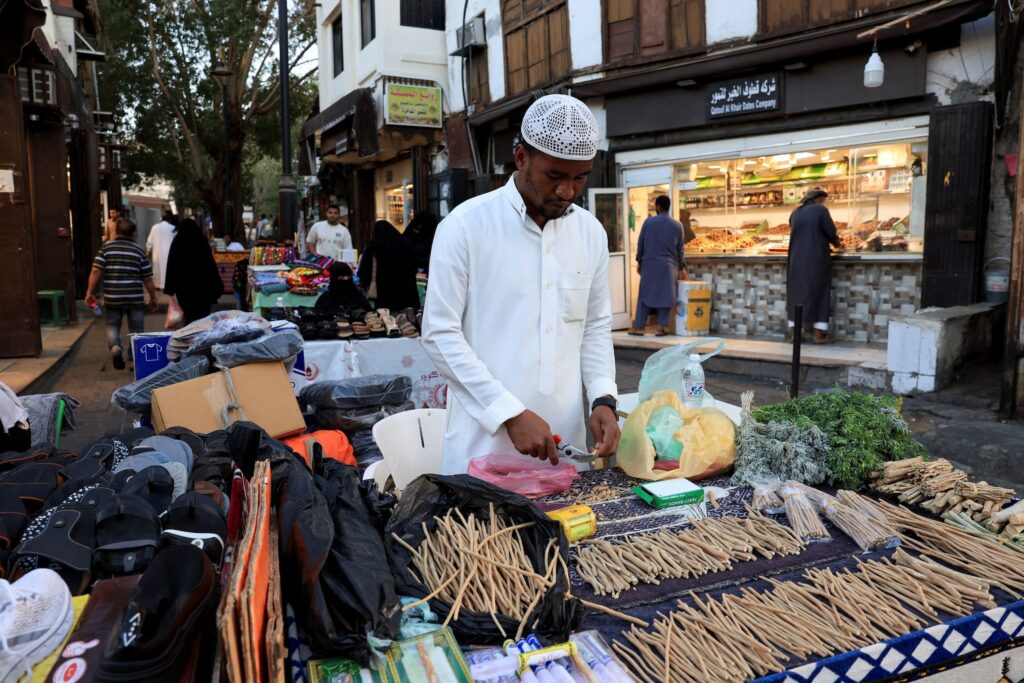Forecast to top 44% of GDP by 2029
Previous projection was 35%
Falling oil prices dent growth
The International Monetary Fund has revised its forecast for Saudi Arabia’s debt burden as tumbling oil prices dent the country’s revenues.
The IMF is now projecting that Saudi government gross debt will be 44.5 percent of GDP by 2029, according to the twice-yearly Fiscal Monitor released in Washington DC on Wednesday.
In last October’s report, the forecast for 2029 was 35.3 percent.
The IMF expects Saudi Arabia’s budget deficit as a share of GDP to rise to nearly 5 percent this year and in 2026, up from 2.8 percent in 2024.
Forecasts for Saudi GDP growth have also been downgraded amid heightened uncertainty around US trade policies.
Saudi Arabia was among a few large emerging markets – along with Indonesia and Mexico – whose fiscal deficits rose in 2024, according to the Fiscal Monitor.
Hundreds of billions of dollars of spending on Vision 2030 development plans, combined with sliding oil prices and lacklustre foreign direct investment, have put pressure on Saudi coffers.
The kingdom relies on oil for roughly 60 percent of government revenue and about a third of its GDP. The Brent crude benchmark is now trading at about a four-year low and down almost 10 percent in the year to date.
In the three months to March 31, Saudi Arabia was able to rely on relatively favorable borrowing costs, which diverged significantly across emerging markets, the IMF said.
“Whereas Mexico and Saudi Arabia have benefited from similar or lower foreign-currency yields compared to previous years – helping them to increase issuance volumes – others, such as Egypt, have seen their external bond yields rise significantly,” the organisation said.
The IMF is recommending that emerging and developing countries focus on rebalancing their public finances by broadening and streamlining their tax revenue systems, phasing out energy and fuel subsidies – as Morocco started doing in 2013 – and “rationalising” public sector wages.
Like other Gulf oil producers, Saudi Arabia imposes no individual income tax on its population of nearly 37 million people. Its corporate tax rate is 20 percent and its value added tax is the highest in the region at 15 percent.
Mohamed Abu Basha, head of macroeconomic analysis at asset manager EFG Hermes in Cairo, told AGBI this week that Saudi Arabia was more sensitive than some of its neighbours to oil price fluctuations “due to its large spending plans and its relatively early stage of economic diversification”.
Register now: It’s easy and free
AGBI registered members can access even more of our unique analysis and perspective on business and economics in the Middle East.
Why sign uP
Exclusive weekly email from our editor-in-chief
Personalised weekly emails for your preferred industry sectors
Read and download our insight packed white papers
Access to our mobile app
Prioritised access to live events
Already registered? Sign in
I’ll register later



